Hyacinth Macaw

Basic Information:
Scientific Name: Anodorhynchus hyacinthinus
Habitat: Hyacinth macaws are native to the Pantanal region of Brazil, Bolivia, and Paraguay.
Diet: Hyacinth macaws eat mostly fruit, nuts, seeds and nectar. Their favorite treats at the zoo include Brazil nuts, peanuts, and dried cranberries.
Size: 2.5 to 3.2 feet tall / 4 to 4.5 foot wingspan
Weight: 2.6 to 3.7 pounds
Lifespan: 25.1 years according to AZA Species Survival Statistics
Distribution Map:
I.U.C.N. Conservation Status:

What does this mean?
Vulnerable – a species determined by the International Union for Conservation of Nature (I.U.C.N.) to possess a high risk of extinction as a result of rapid population declines of 30 to more than 50 percent over the previous 10 years (or three generations), a current population size of fewer than 1,000 individuals, or other factors.
Did You Know?!
- Hyacinth macaws are the largest species of flying parrot in the world.
- A Hyacinth macaw’s powerful beak can crush through Brazil nut pods, macadamia nuts, and even coconuts. They can generate over 1,000 pounds of pressure per square inch with those big beaks.
- Hyacinth macaws have been observed eating clay soil, which biologists believe neutralize any acids in the parrot’s stomach from eating very ripe fruit.
- Hyacinth macaws have zygodactyl feet, meaning they have two toes pointing forward and two pointing backwards. Having opposite facing toes helps them to grip tightly to branches, climb up trees, and hold onto their favorite treats.
- Hyacinth macaws are listed as VULNERABLE because of the illegal pet trade and deforestation leading to habitat loss.

